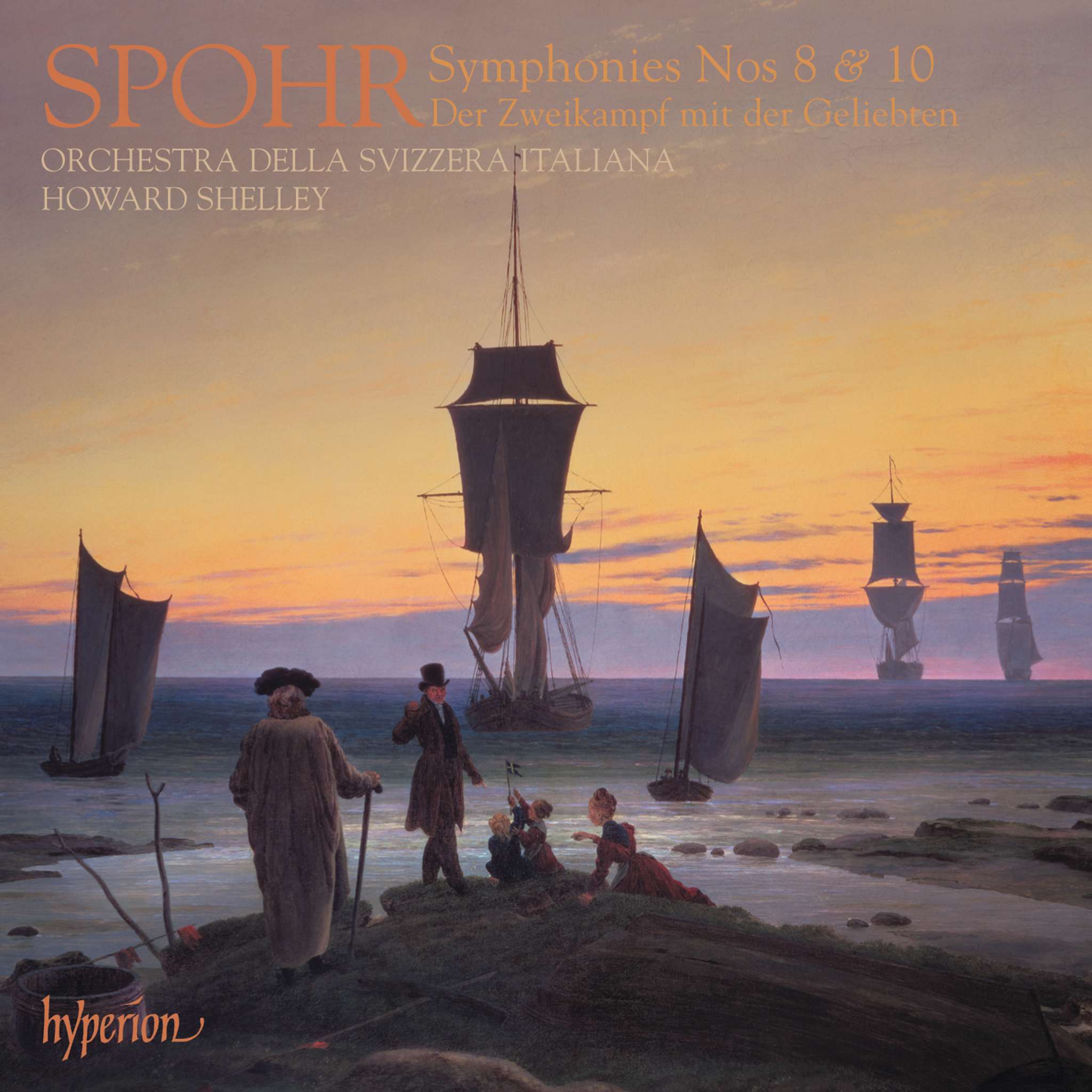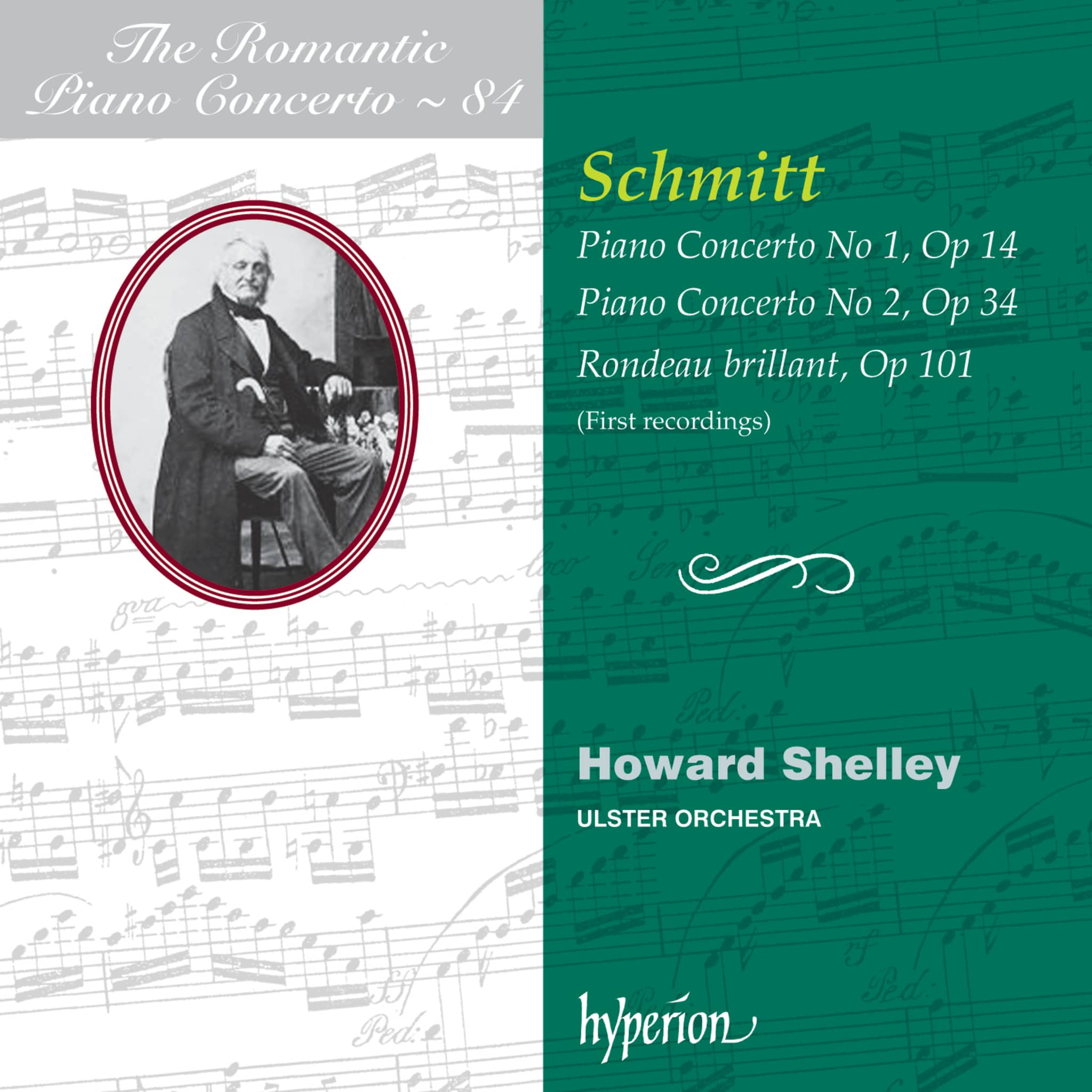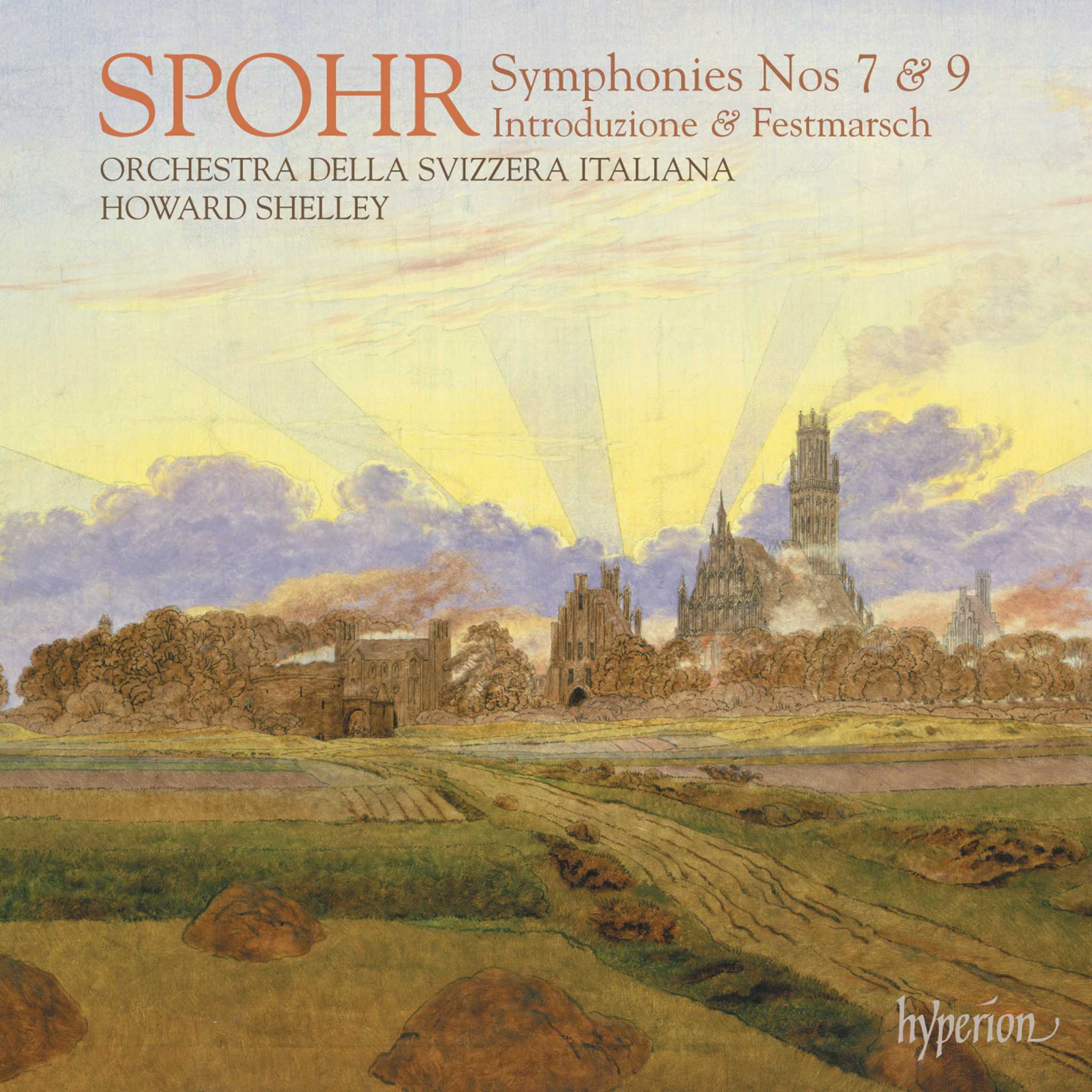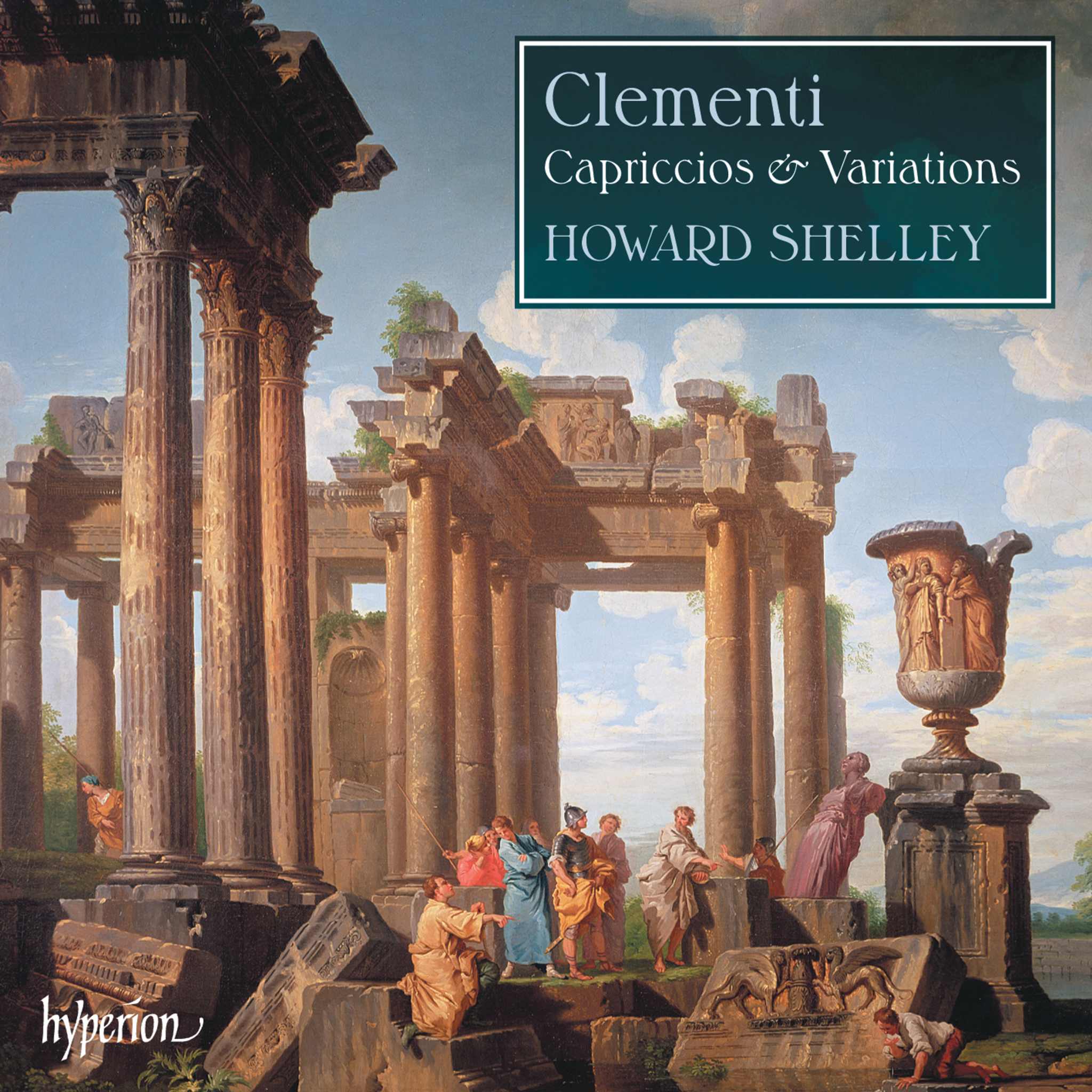Album insights
The death of Prince Nikolaus Esterházy in September 1790 marked a turning point in Haydn's career. His son Anton, who did not share his father's passion for music, dissolved the court orchestra but retained Haydn as Kapellmeister in name only. As Haydn was considering a position with the King of Naples, a stranger from London named Salomon appeared at his doorstep, uttering the immortal words, "I am Salomon from London, and I have come to take you."
Johann Peter Salomon, a native of Beethoven's hometown Bonn and a successful London concert organizer, lured Haydn to London with promises of generous commissions and top billing on concert posters. Despite rarely traveling beyond Vienna and the Esterházy estate, Haydn embarked on the seventeen-day journey with Salomon across Europe.
After bidding farewell to his friend Mozart, Haydn and his new patron reached British soil on New Year's Day 1791. Haydn quickly became a celebrated figure in London society, adapting to a busy schedule of events, concerts, and social obligations dominating the late 18th-century capital.
Haydn's symphonies composed during his two London visits in 1791/2 and 1794/5 were numbered 93 to 104, though the traditional numbering does not reflect their true order. The initial symphonies performed in London were numbers 95 and 96, composed at the start of spring 1791 while waiting for Salomon's concert season to commence. Among these works was Symphony No. 92, performed in July when he received an honorary music doctorate from the University of Oxford, known as the "Oxford" Symphony since then.
In addition to his symphonies, Haydn introduced several new works during his first London season, requiring only two more symphonies in that year to fulfill his commitments to Salomon. Symphony No. 95, a unique piece among the "London" symphonies, stood out for its minor key and the absence of a slow introduction in the first movement, opting instead for a dramatic call to attention followed by a contrasting "dolce" theme.
Symphonies 93 and 94 were composed during the summer of 1791, with Symphony No. 93 receiving glowing praise at its debut in February 1792. The Times acclaimed the symphony for its quality, passion, and innovation, praising Haydn's brilliance.
Haydn's Symphony No. 93, featuring a slow introduction modulating to E-flat major, led to an energetic Allegro assai boasting limited tonal range but abundant thematic connections. The slow movement of this symphony showcased variations that transitioned from Handel-like rhythms to lively triplet patterns.
Symphony No. 94, known as the "Surprise Symphony," premiered in 1792 and captivated audiences with its vivacious first movement following a gentle introduction. The dramatic loud chord in the slow movement, intended not to wake dozing listeners but as a creative flourish, highlighted Haydn's inventive approach.
The symphony's Menuet and Finale continued the high level of inspiration, with the Finale serving as a exhilarating Sonata rondo traversing a wide tonal range and varied instrumental combinations on its vibrant journey to a fitting conclusion.








